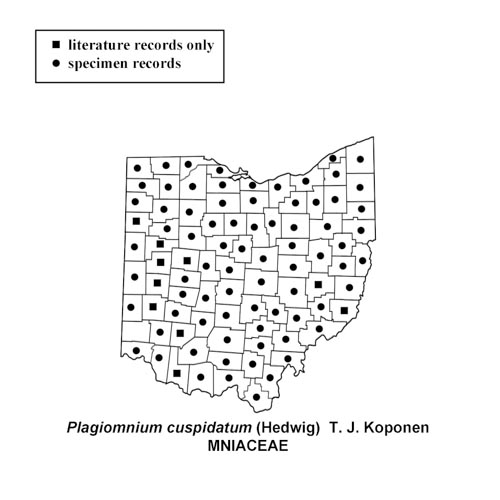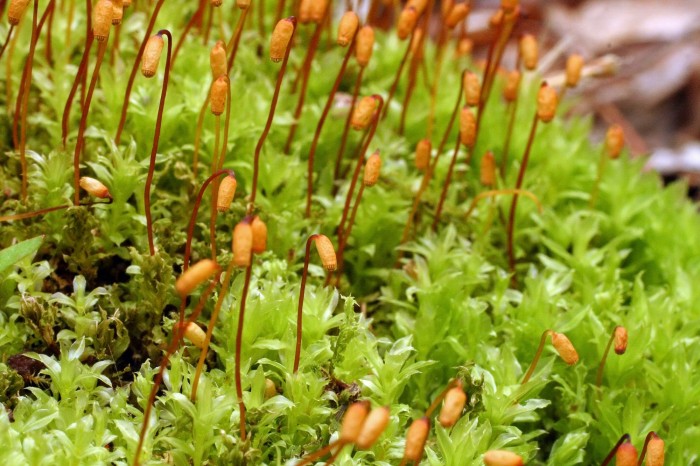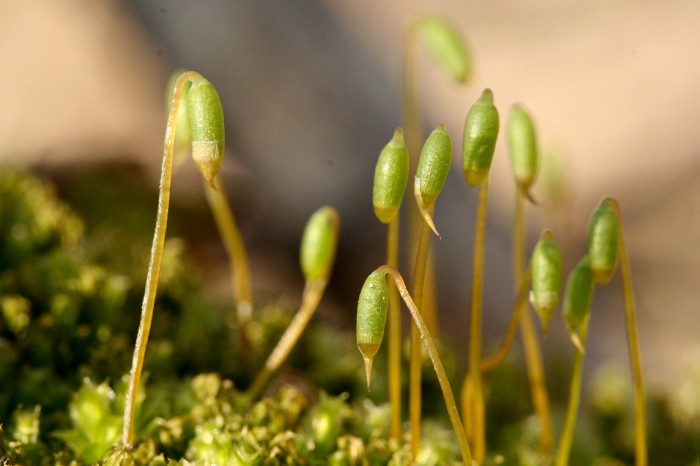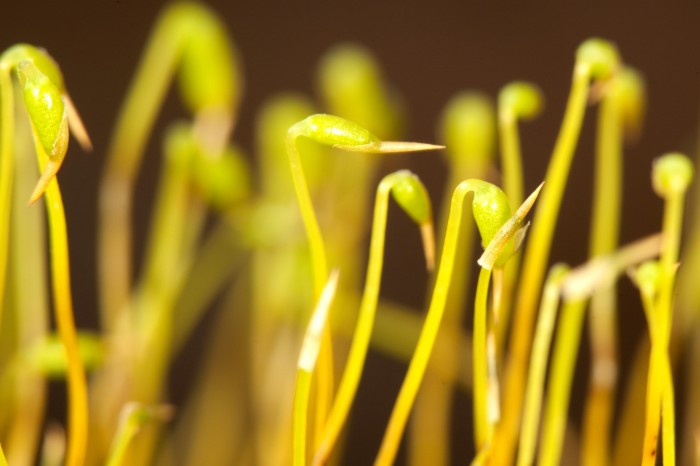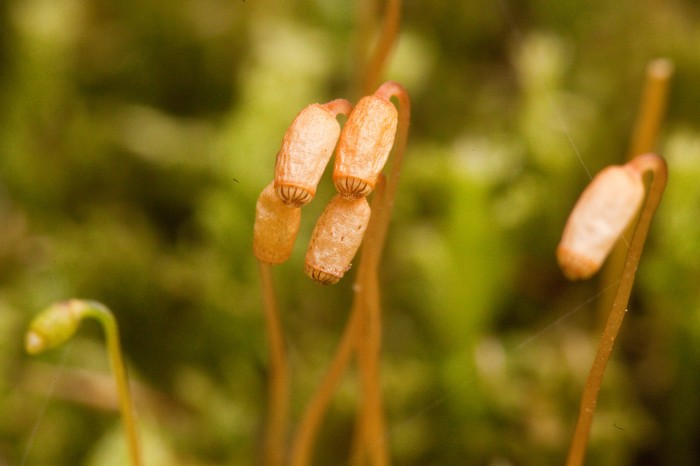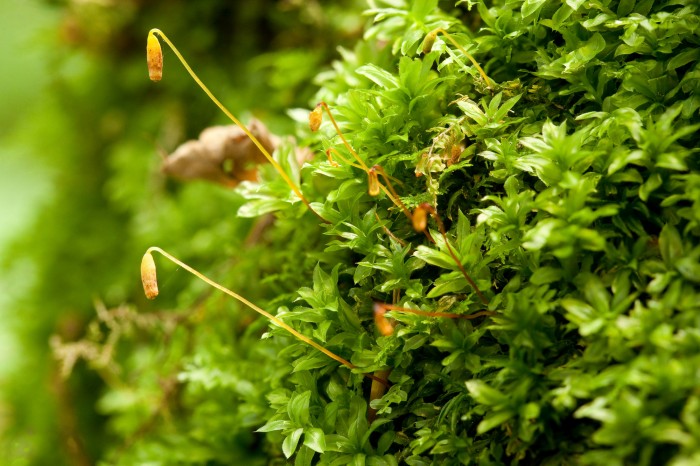Plagiomnium cuspidatum
“baby tooth moss”

Plagiomnium cuspidatum at private nature preserve in Hocking County, Ohio. May 7, 2006.
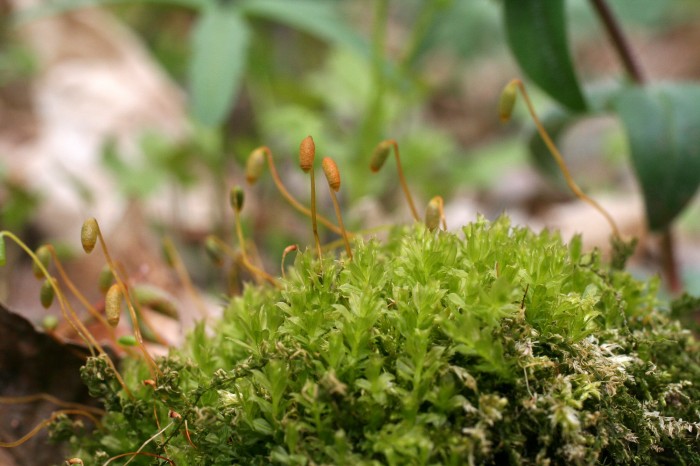
Plagiomnium cuspidatum at Myers Woods Preserve in Marion County, Ohio. April 20, 2006.

Plagiomnium cuspidatum at private nature preserve in Hocking County, Ohio. May 7, 2006.
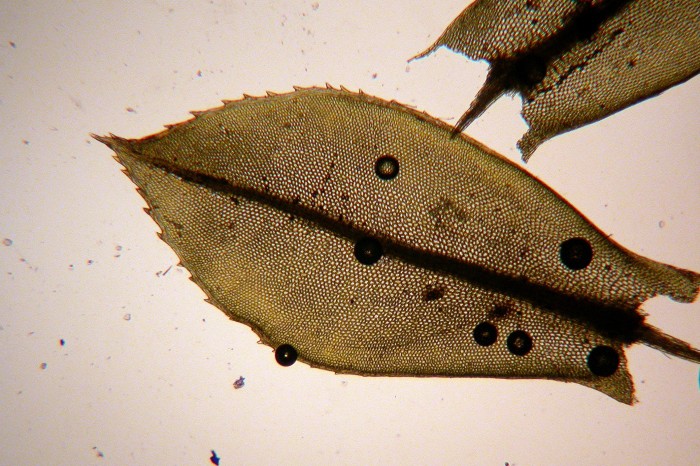
Plagiomnium cuspidatum leaf. Note teeth extending halfway down the margin.
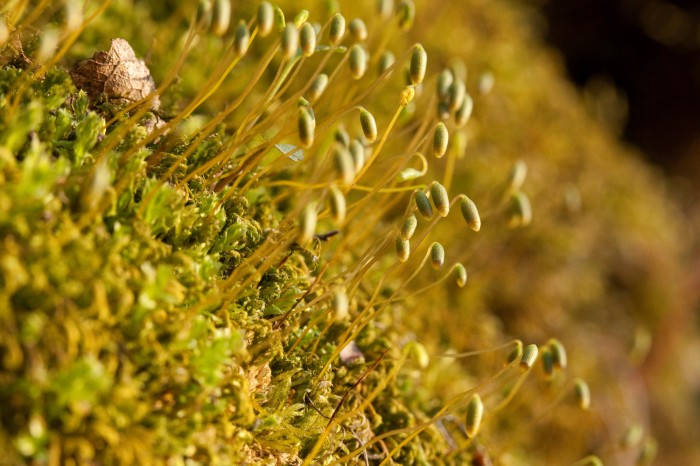
Plagiomnium cuspidatum at private woodlot in Delaware County, Ohio. April 9, 2010.
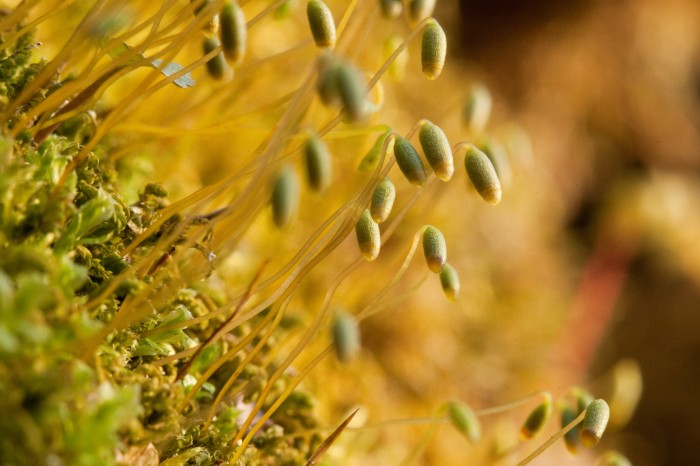
Plagiomnium cuspidatum at private woodlot in Delaware County, Ohio. April 9, 2010.
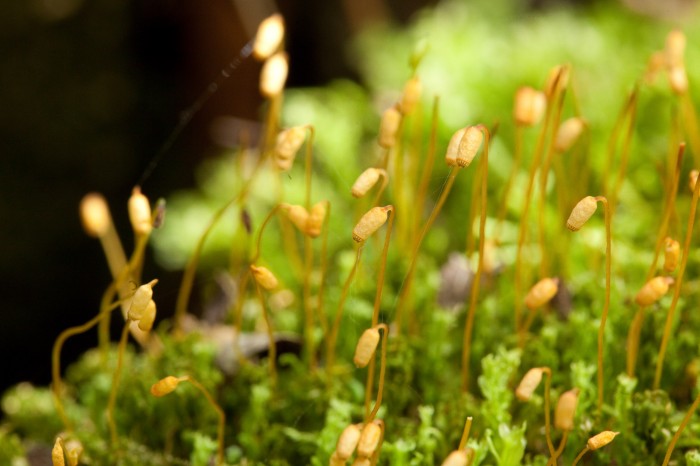
Plagiomnium cuspidatum at private woodlot in Delaware County, Ohio. April 29, 2010.
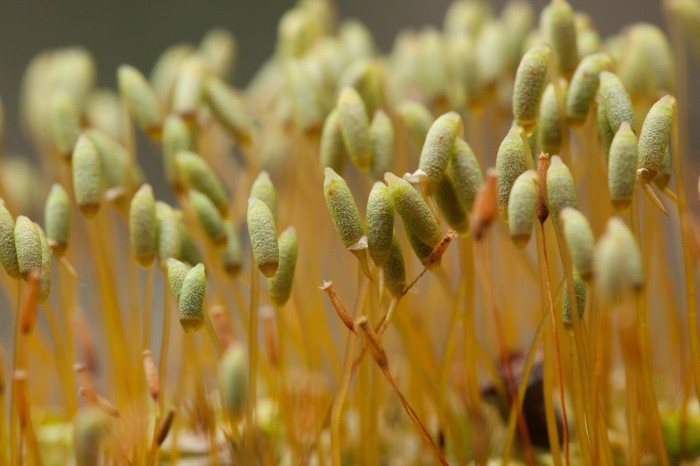
Plagiomnium cuspidatum at Knox County, Ohio. March 25, 2012.
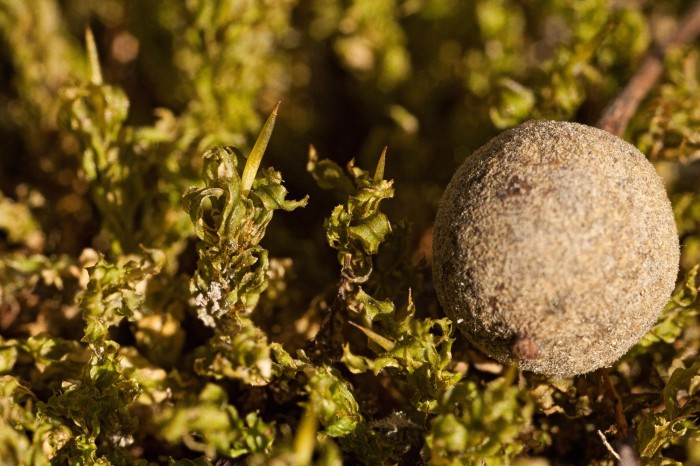
Plagiomnium cuspidatum with dry shriveled contorted leaves and young sporophytes at private woodlot in Miami County, Ohio. November 17, 2012.
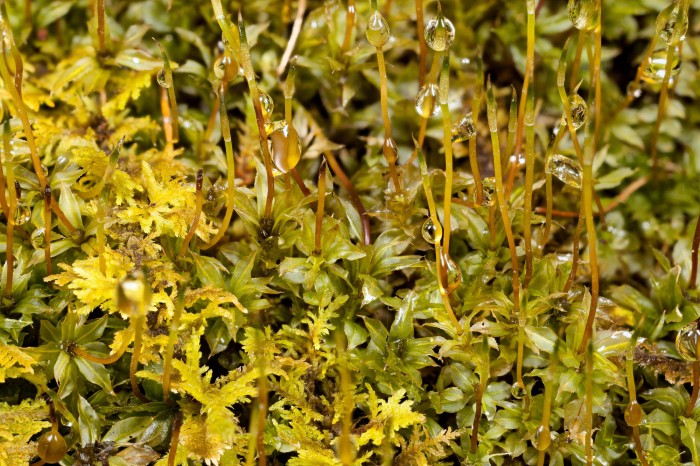
Plagiomnium cuspidatum with Thuidium delicatulum at private woodlot in Delaware County, Ohio. February 15, 2013.
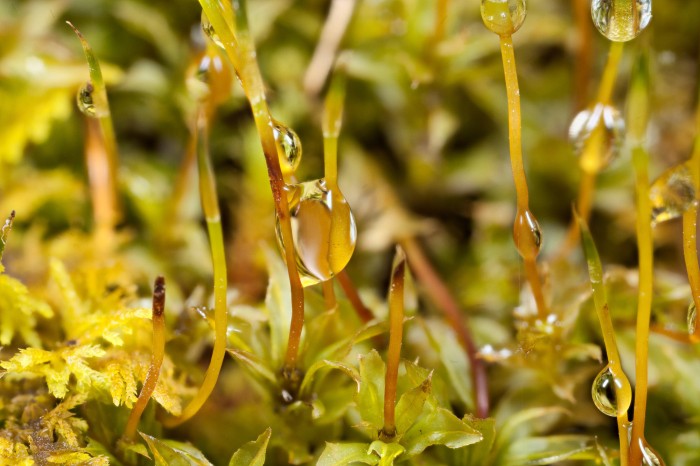
Plagiomnium cuspidatum at private woodlot in Delaware County, Ohio. February 15, 2013.
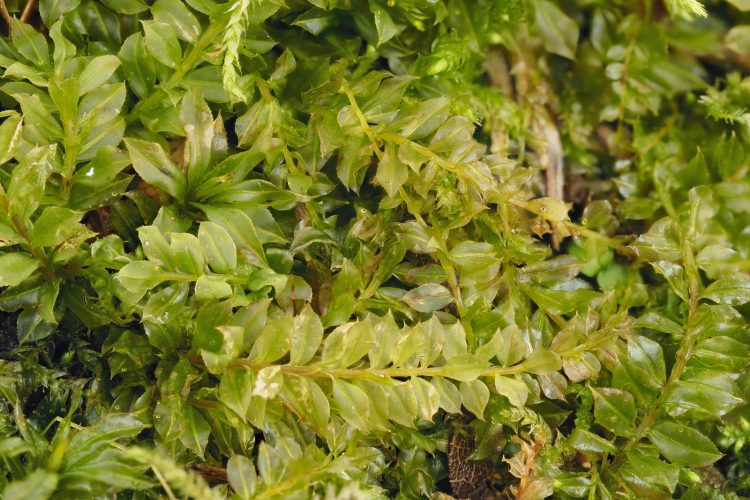
Plagiomnium mosses often develop stoloniferous side branches with remote leaves,
giving the impression of a pleurocarpous growth form.
How to recognize baby tooth moss: Plagiomnium cuspidatum sometimes looks like a tiny vascular plant with its leaves growing out from either side of the stem in its nonfertile form appearing flattened or complanate. The costa (midrib) is obvious in the leaf, and tiny single teeth on the top half of the leaf are visible with a handlens. A little bit of the leaf base runs down the stem forming leaf decurrencies. If the plant is fertile with a nodding capsule at the top of the seta (stem), it is erect with the leaves clustered around the top of the plant. A group of these plants forms a loose green cushion. When the plant is dry the leaves curl up and darken and the moss no longer looks quite so attractive, and it is hard to see if the teeth are not on the edge of lower half of the leaf. There is another Plagiomnium species with no teeth on the lower half of the leaf, but it is much less common and easy to distinguish with careful observation, since P. drummondii has leaf cells that are twice as large as those of P. cuspidatum, it has several setae from a single gametangium (female egg bearing gamete), and is only weakly contorted when dry.
Where to find baby tooth moss: Plagiomnium cuspidatum grows on stream banks, rotten logs, tree bases, and rocks, in shady places in woods, gardens, and lawns. It has been found in every county in Ohio.
